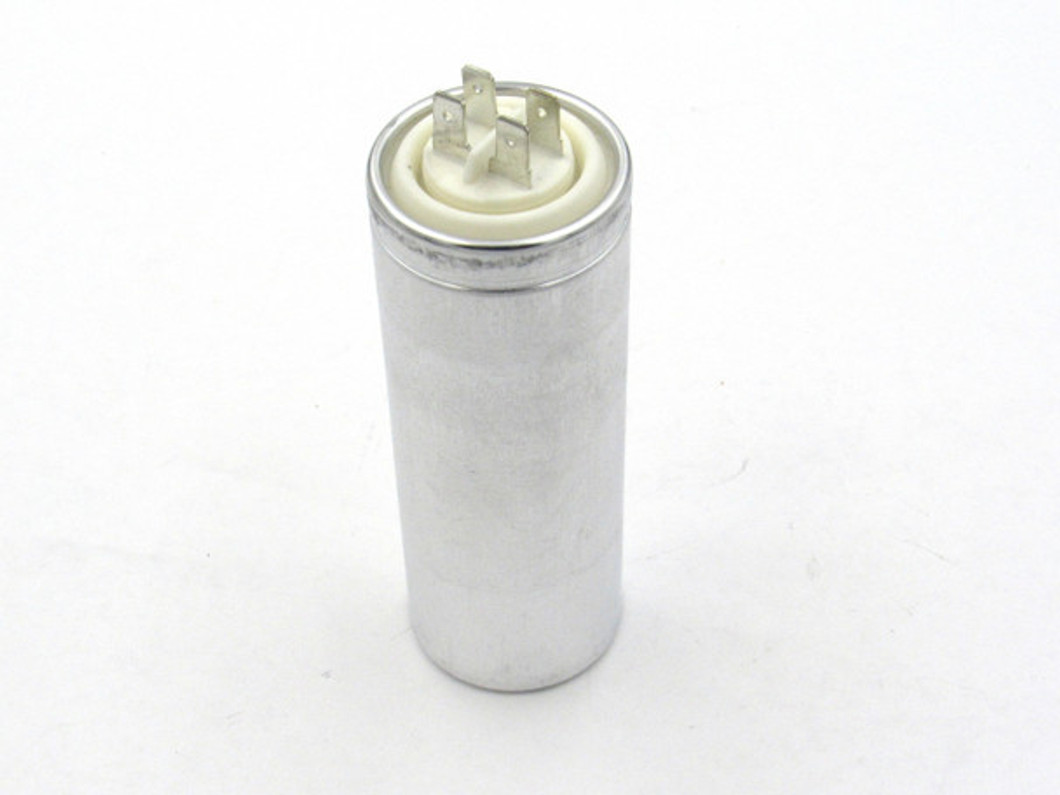Is Your Air Compressor Motor Failing? It Might Just Be a Faulty Capacitor!
Your air compressor is a workhorse, but when it sputters or refuses to start, it can be frustrating. Often, the first thought is a major motor failure, but a common culprit is a much smaller, more affordable component: the electric motor capacitor. Knowing how to diagnose a capacitor failure can save you time and money, getting you back to work with a simple parts replacement.
What is a Capacitor?
An electric motor capacitor is a small but mighty component that provides the initial jolt of energy needed to start the compressor motor. Think of it as a temporary battery that gives the motor a powerful push to overcome inertia and pressure. When this component fails, the motor can't get the boost it needs to start.
Key Symptoms of a Failing Capacitor
Before you assume the worst, look for these tell-tale signs that your capacitor may be the problem:
- Humming but Not Starting: You flip the switch, and the motor makes a low humming sound but doesn't turn. This is the most common sign of a failed start capacitor. The motor is receiving power but lacks the extra kick to begin rotating.
- Slow or Sluggish Starts: The motor struggles to get up to speed or needs a manual push to start spinning. This indicates the capacitor is weak and not delivering enough power.
- Visible Damage: Always perform a visual inspection. A capacitor with a bulging top, cracks, or a leaking fluid is a clear sign of failure and must be replaced.
If you are experiencing any of these symptoms, a simple test with a multimeter can confirm if the capacitor is the issue.
How to Test Your Air Compressor Motor Capacitor
Safety First! Always disconnect the power to your air compressor and discharge the capacitor before handling it. A capacitor can hold a dangerous electrical charge even after the power is off.
- Discharge the Capacitor: Using an insulated screwdriver, carefully touch both terminals of the capacitor at the same time to safely discharge any stored energy.
- Use a Multimeter: Set your multimeter to the capacitance setting (often marked with the microfarad symbol, µF).
- Measure and Compare: Touch the multimeter probes to the capacitor terminals. The reading on your multimeter should be within about 5-10% of the capacitance value printed on the capacitor's label. If the reading is significantly lower or shows a zero or "OL" (overload) reading, the capacitor is likely bad.
Once you’ve confirmed a capacitor failure, a replacement is the fastest path to getting your compressor running again. At Master Tool Repair, we stock a wide selection of high-quality, OEM and compatible replacement air compressor parts, including capacitors for all major brands and models.
Recent Posts
-
Troubleshooting Your Air Compressor When Your Motor Just Hums, Clicks, or Won't Start
There’s no sound more frustrating in a workshop than the failed attempt of an air compressor to star …Dec 17, 2025 -
Air Compressor Pressure Switches: Beyond the Basics of Adjustment
The Brain of the Beast: Understanding Your Pressure Switch The pressure switch is the unsung hero of …Dec 10, 2025 -
The Breath of the Pump: Why Your Air Compressor Needs a Healthy Crankcase Breather/Vent
Your air compressor is a powerhouse, a workhorse essential to your operation. We all know the import …Dec 4, 2025




